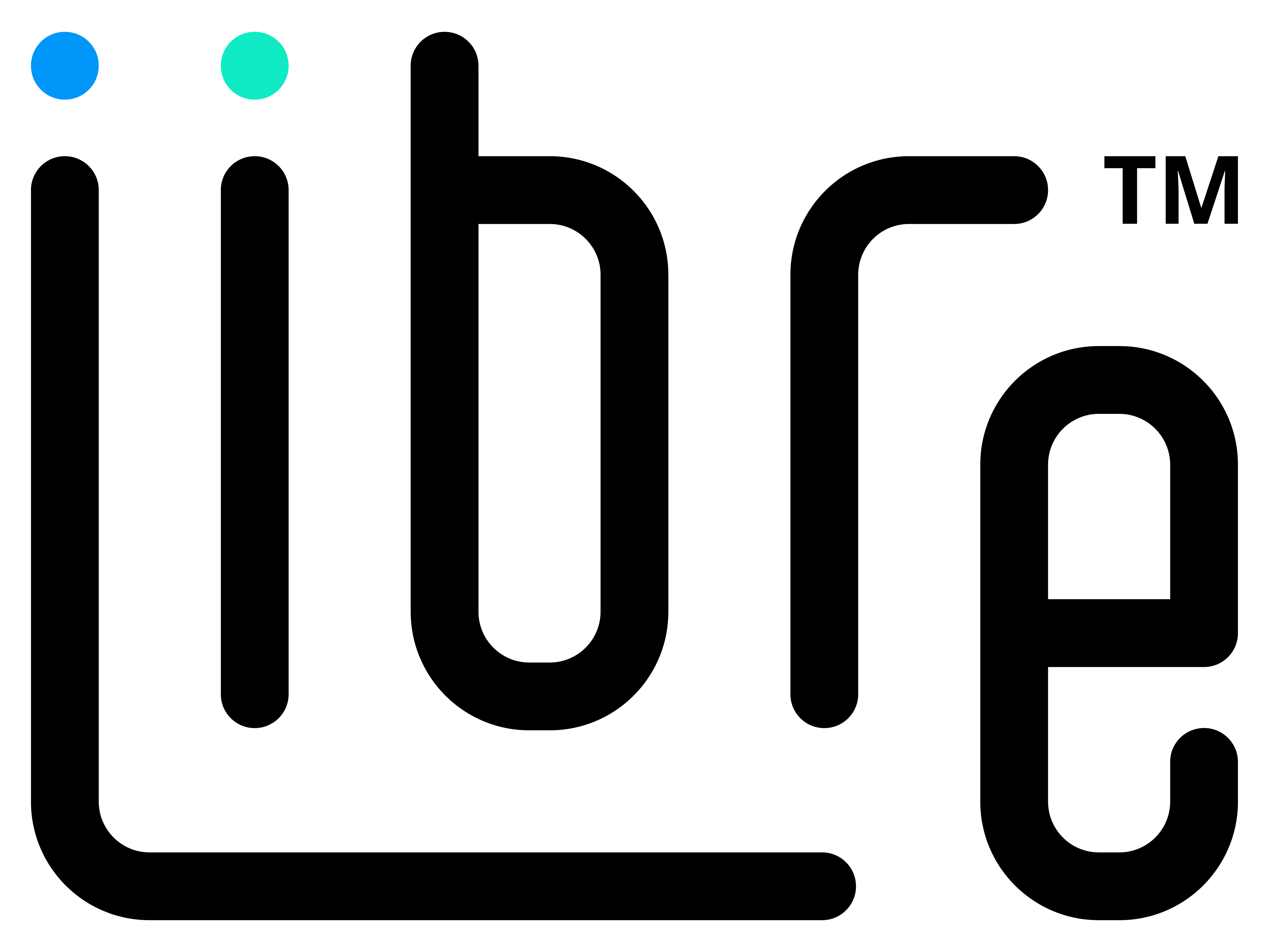When it comes to continuous improvement (CI), the go-to, tried and trusted metric for both establishing an operational baseline and measuring progress is OEE. If the metric is so ubiquitous and the process for implementation is so well known, why are there so many continuous improvement program failures? It may be because self-sabotage in continuous improvement programs is as prevalent as the OEE metric itself.
Ask yourself – would you be able to recognize self-sabotaging behavior in yourself or your group if it were present? Would you, as a continuous improvement Lead, have the courage to call out stakeholder that was causing the issue? Would you, as a stakeholder, have the courage to get out of the way and let your continuous improvement group correct foundational issues that you caused?
There are many things that you can do that will sabotage your OEE-based initiative. We think that these 8 things are at the top of the list:
1 – Trusting your Gut
Using OEE to set your baseline and measure progress means that you have made the decision to be a data driven organization. That also means that when you are faced with the choice of trusting the data or trusting your gut for operational decisions, data always wins. For obvious reasons, this can be a tough pill to swallow for experienced operators and managers.
A less obvious benefit of always trusting the data is that it enables the knowledge within the business to be easily passed to next generation. “Gut” is a hard thing to pass down and subjectivity is almost impossible to learn well. Data is objective and learning to use it is fundamental to the success of a manufacturing organization.
2 – Thinking that the OEE Figure is the Goal
The calculated OEE metric means something different to every organization and determining what the right number is tends to be subjective. That’s OK as long the business understands that OEE is a lagging indicator of continuous improvement success and not a target to be achieved. Too many organizations find their baseline and then randomly pick a number 5-10% higher as the goal to achieve. If that’s where the journey ends, then the company has wasted their time and money.
The total OEE metric is no more relevant to the day to day improvement than the listed share price. Operational improvement requires an organization to dig into “why” the OEE number is what is, look at the contributors to inefficiency and prioritize the actions necessary for improving them. An increasing OEE number indicates that the organization is on the right path but will likely never indicate that the journey is complete.
3 – Manipulating the OEE Targets and Inputs
If, in the process of setting up the calculation, anyone in the organization says, “sure, but we calculate OEE a bit differently,” the project should be scrapped immediately. Just a few of the classic manipulations of the calculation are:
- Not using machine nameplate speed or ideal cycle time as the throughput target
- Using the start of “stable” production as the planned start time
- Excluding setup and changeover from the downtime calculation
If these are baked into the OEE calculation from the start, it’s unlikely that anybody will EVER shine a torch on them as flaws. If an OEE expert does try to make a change, they will have to overcome the inertia of a business used to looking at inflated numbers, and the organization will be required to forfeit the historical continuity of their measurements
4 – Politics
Organizational politics destroy continuous improvement. Period. OEE-based continuous improvement projects must be driven by the strategic objectives of the business. The person (people) chosen to lead the team must have a detached, clinical, data-centric approach that is not influenced by organizational egos, hidden agendas, or performance bonuses. There are no exceptions.
5 – Being Happy with the Initially Calculated OEE Result
If the first OEE number produced by your data makes your process or line look good then you either calculated it wrong, obfuscated your data or you didn’t need to do it in the first place. It is unlikely that there has ever been an instance of the latter.
6 – Thinking the OEE Software is the Program
The OEE software or application is a tool and will not magically improve the performance of the manufacturing operation. Software tools need to be wielded with a very clear idea about objectives and initiatives.
7 – Making a Capital Investment to Establish an Operational Baseline
The organization is almost certainly going to have to spend something to get started. That expense should be for expertise and guidance. Calculating OEE and establishing the operational baseline do not require the organization to make a capital purchase.
It makes very little sense to start the process of overcoming operational losses by creating another loss. There are tools for OEE and baselining that are available without license fees.
8 – Choosing a Point Solution for OEE and the Operational Baseline
Continuous improvement requires data infrastructure. So do Manufacturing Operation Management (MOM) and Manufacturing Execution Systems (MES) and AI and ML and everything else that provides ongoing value to the business.
The OEE baseline will inform what needs to be done in the continuous improvement arena and that always involves collecting more data, more granular data and more context. If the application that is chosen for OEE and baselining doesn’t support expansion of the data infrastructure, the organization must accept that the baseline process is “throwaway” engineering and the tool used is creating a financial loss.

